people
principal investigators

Matt Church project lead
University of Montana, USA
Matt Church is a biogeochemist and microbial ecologist. He works in both salty and freshwaters, with a background in microbial oceanography. He is a Professor at the University of Montana’s Flathead Lake Biological Station. He received his MS and PhD in Marine Science from the College of William and Mary’s Virigina Institute Marine Science. He joined the University of Montana in 2016 after having spent more than a decade working in the Department of Oceanography at the University of Hawaii. His research focuses on improving understanding of how microorganism metabolism influences the cycling of carbon and nutrients through aquatic ecosystems. His research has provided opportunities to work in remarkable ecosystems, ranging from waters around Antarctica to the vast subtropical ocean gyres, to Flathead Lake in Montana. On the SUBSEA project, his lab’s primary role is to quantify the distributions and activities of microorganisms catalyzing key processes in the nitrogen cycle.
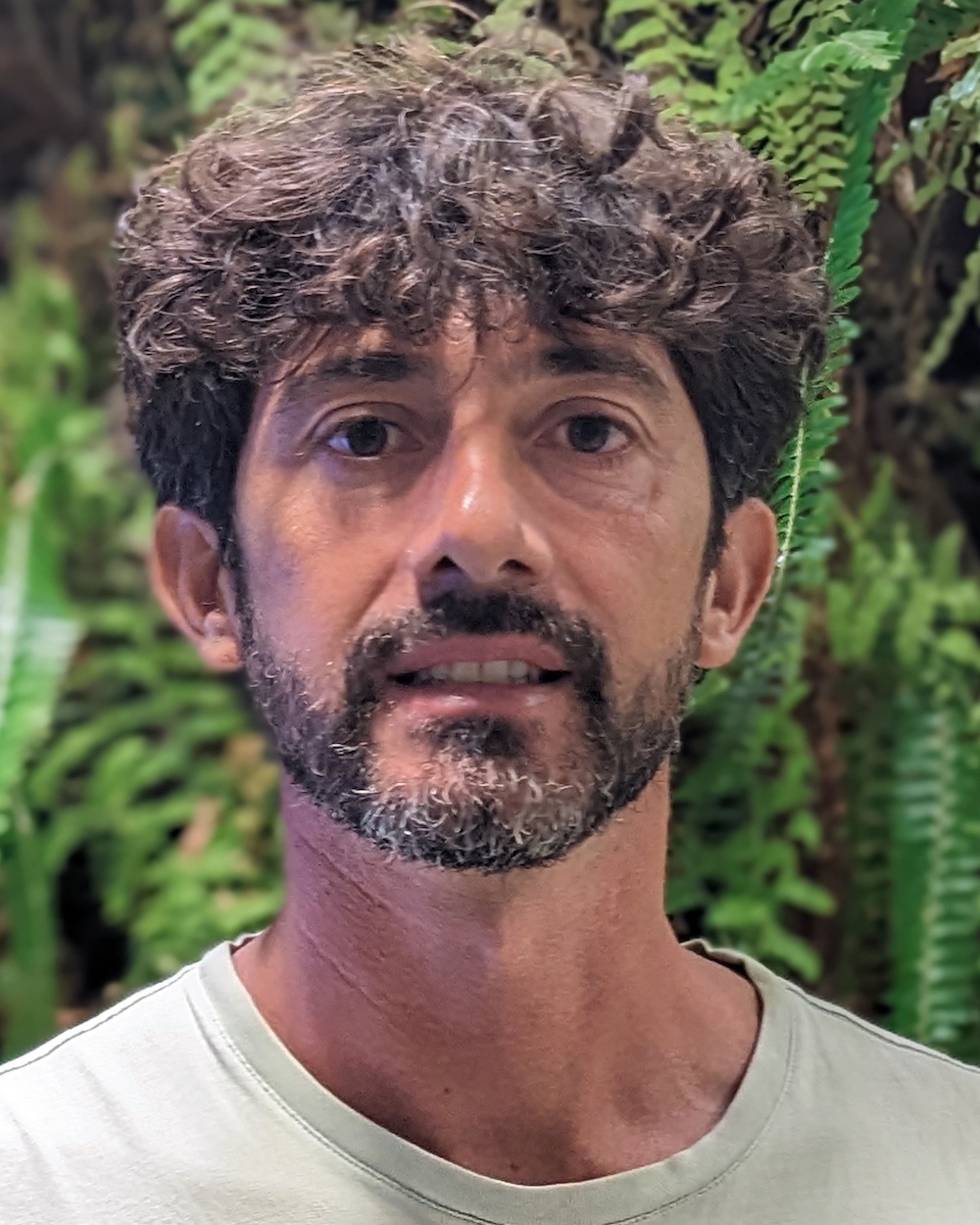
Benedetto Barone co-PI
University of Hawai’i at Mānoa, USA
Benedetto Barone is a co-PI of the SUBSEA project investigating the ecological and biogeochemical dynamics of the open ocean with a focus on phytoplankton photosynthesis and particle export. He is interested in characterizing the physical-biological dynamics associated with turbulent mixing and mesoscale eddies. He uses autonomous vehicles to collect underwater measurements including bio-optical proxies for the ecological characteristics of marine environments. He received his PhD in Marine Sciences and Engineering in Naples, Italy, from the Università “Federico II” & the Stazione Zoologica Anton Dohrn. Previously, he received an MSc in Environmental Sciences in Naples from the Università “Parthenope”. He is currently an ocean researcher at the University of Hawaiʻi.

Hilary Close co-PI
University of Miami, USA
Dr. Hilary Close is an Associate Professor at the Rosenstiel School of Marine, Atmospheric, and Earth Science at the University of Miami. Her lab uses field sampling and laboratory techniques to develop and apply organic and natural isotopic indicators for identifying the sources and degradative pathways of organic matter in marine water columns. Her recent work has advanced the application of compound-specific isotopic analysis to study marine particulate matter in the context of microbial communities, food webs, and the biological pump. Dr. Close’s educational background focused on natural-abundance isotope biogeochemistry (Ph.D., Harvard University) and geology (B.A., Oberlin College), and her experience in seagoing chemical oceanography and marine food webs was developed during her time as a NOAA Climate and Global Change Postdoctoral Fellow and SOEST Young Investigator at the University of Hawai῾i.
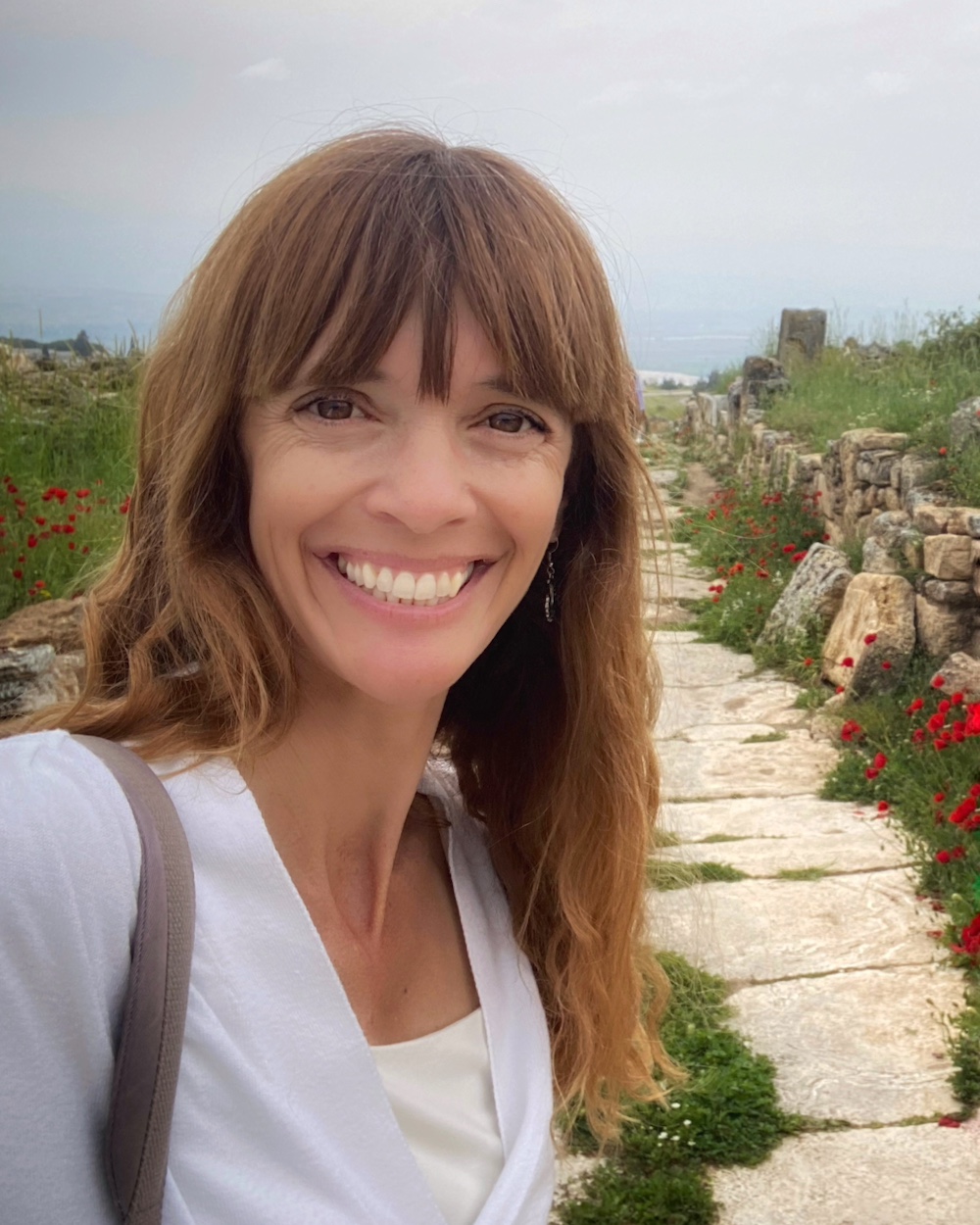
Daniela del Valle co-PI
Instituto Nacional de Investigación y Desarrollo Pesquero, Argentina
Daniela del Valle, Ph.D. in Marine Science, is a Research Scientist at the National Scientific and Technical Research Council (CONICET), based at the National Institute for Fisheries Research and Development (INIDEP) in Argentina. Her expertise is in marine biogeochemistry, particularly the production and consumption of dissolved gases in the ocean’s surface layer, where she has applied radiotracer and stable isotope techniques to quantify microbial processes. Within SUBSEA, she serves as a co-PI, focusing on primary productivity dynamics through O₂/Ar ratio measurements and ¹⁸O–H₂O tracer experiments. Her current research advances understanding of microbial contributions to carbon cycling and their responses to environmental variability. She is also active in regional and global ocean observation initiatives, promoting collaborative research and data integration to address knowledge gaps in undersampled regions.

Sarah Fawcett co-PI
University of Cape Town, South Africa
Sarah Fawcett is a Chemical Oceanographer and Isotope Geochemist and an Associate Professor in the Oceanography Department at the University of Cape Town in South Africa. She has a PhD in Geosciences from Princeton University, in conjunction with the Bermuda Institute of Ocean Sciences. She is a co-PI on the SUBSEA project, leading a team at the University of Cape Town. Her group will focus on characterizing and quantifying important nitrogen cycle processes through incubation experiments and measurements of the nitrogen isotope ratios of dissolved and particulate nitrogen pool.

Robert Hall co-PI
University of Montana, USA
Robert Hall is Distinguished Professor of Limnology at Flathead Lake Biological Station, University of Montana, where he has worked since 2017. Prior to that he was on the faculty at University of Wyoming where he started in 1998. Since graduate school at University of Georgia he has been interested in aquatic carbon and nitrogen cycling. Current work links process models to long-term riverine oxygen time series, statistical modeling of biogeochemical fluxes, models for isotope tracers, and dissolved organic and inorganic carbon dynamics. Work as a co-PI on the SUBSEA project will include models for particle export fit to optically sensed particle depth distributions and carbon oxygen stoichiometry of metabolism.

Nicholas Hawco co-PI
University of Hawai’i at Mānoa, USA
Nicholas Hawco is an Associate Professor at the University of Hawaii at Manoa. His background is in chemistry and he received his Ph.D. from the MIT/WHOI Joint Program in 2017. His research group measures the abundance of trace elements in the oceans. Many of these elements are micronutrients that are essential for life, while others can serve as tracers of key oceanic processes. In SUBSEA, his group will be tracking the seasonal and spatial changes in trace element abundance to shed light on how the ecosystem has evolved to conserve scarce resources.
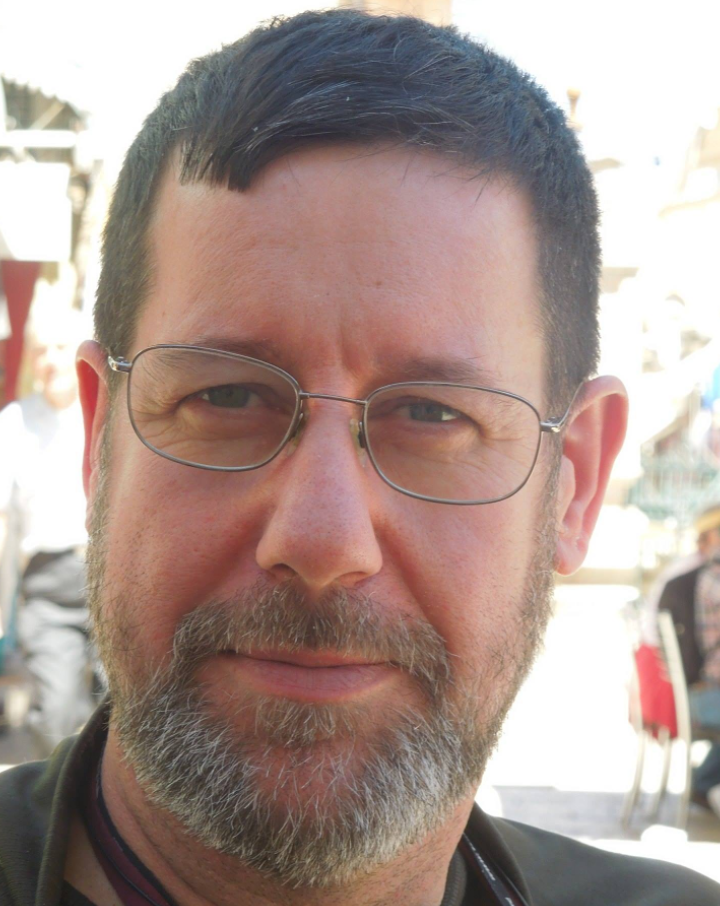
Ricardo Letelier co-PI
Oregon State University, USA
Ricardo Letelier is a Professor at Oregon State University and the Program Director for NSF’s Biological Oceanography Program. He holds a Ph.D. in Oceanography from the University of Hawai’i and a B.S. in Marine Biology from Universidad de Concepción, Chile. With SUBSEA, he will be assessing the phytoplankton community structure through pigment analysis and how it relates to the light distribution with depth. In addition, he will be analyzing ocean color remote sensing data to assess the spatial and temporal variability observed in the study regions.

Angelicque E. White co-PI
University of Hawai’i at Mānoa, USA
Angelicque White is a Biological Oceanographer at the University of Hawaii at Manoa. She completed a MS in Biology at the University of Alabama in Huntsville in 2001 and a PhD in Oceanography at Oregon State University in 2006. Since 2018 she has served as the lead PI of the Hawaii Ocean Time-series. She is also a co-PI of the Hawaii SUBSEA team where her role is to lead bio-optical characterizations of the microbial community and their environment as well as lead N2 fixation rate measurements.

Emily Zakem co-PI
Carnegie Institution for Science, USA
Emily Zakem is a Principal Investigator at the Biosphere Sciences & Engineering divison at the Carnegie Institution for Science. Previously, she was a Simons Foundation Postdoctoral Fellow in Marine Microbial Ecology at the University of Southern California in Los Angeles, and she completed her Ph.D. in Climate Physics and Chemistry in the Department of Earth, Atmospheric and Planetary Sciences at the Massachusetts Institute of Technology. Her research focuses on understanding the connections between microbial ecosystems, global biogeochemistry, and the climate system. For SUBSEA, she aims to develop a mechanistic ecosystem model of carbon, nitrogen, and other elemental cycling in the subtropical subsurface zone, driven by dynamic microbial populations, that can be used to improve biogeochemical predictions of ocean productivity and biological carbon storage on a changing planet.
postdoctoral fellows and graduate students
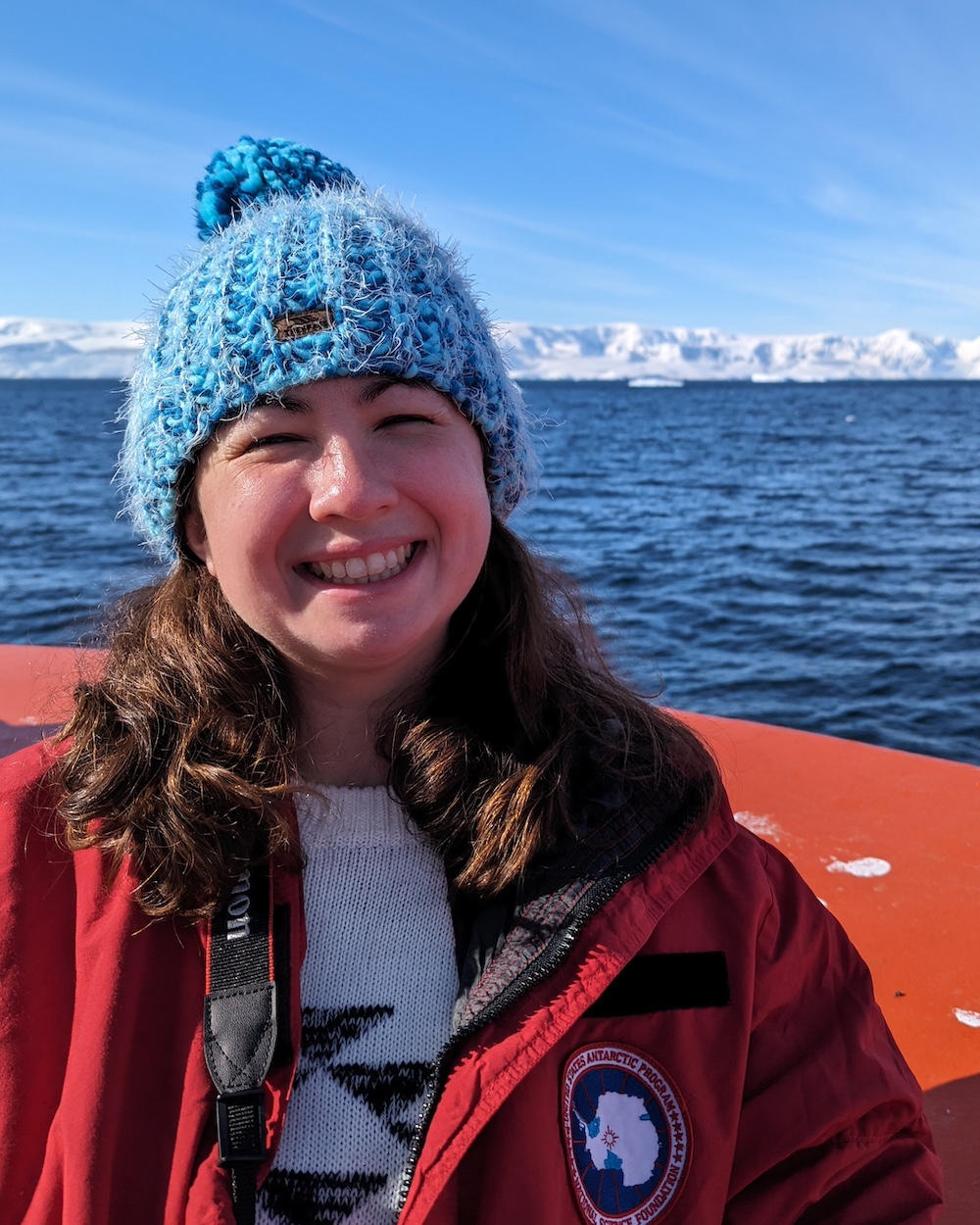
Alexis Floback postdoc
University of Hawai’i at Mānoa, USA
Alexis Floback received a PhD from University of Southern California in 2025 on trace metal biogeochemistry. Currently, she is a postdoctoral scholar working on the SUBSEA project with Nick Hawco at the University of Hawaiʻi at Mānoa, where she is working to understand the controls on trace metal cycling across the lower euphotic zone in the North Pacific, at station ALOHA, and the South Atlantic. Alexis is behind the camera that captured the dolphins leaping across the website’s home page.
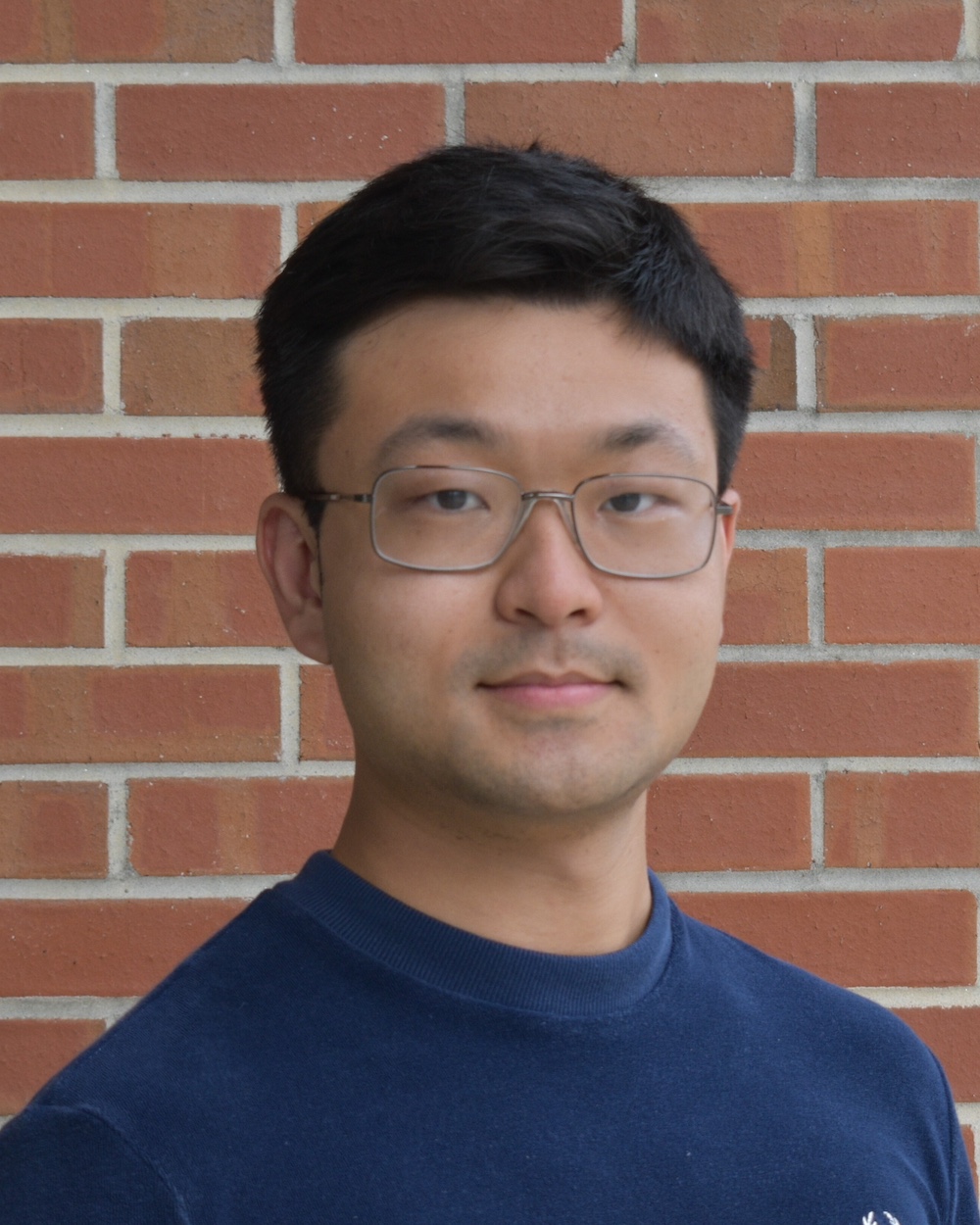
Zhou Liang postdoc
Carnegie Institution for Science, USA
Zhou Liang is currently a postdoctoral fellow at Carnegie Science, working with Dr. Emily Zakem on the SUBSEA project. He received his Ph.D. in Chemical Oceanography from Florida State University in 2024, with training in both lab work and biogeochemical modeling. His research explores dissolved organic matter and its roles in the biological pump and the microbial loop in the ocean. He is developing new modeling frameworks to understand how interactions between microbes and organic matter shape ocean productivity. In his free time, he enjoys hiking, birding, and camping.
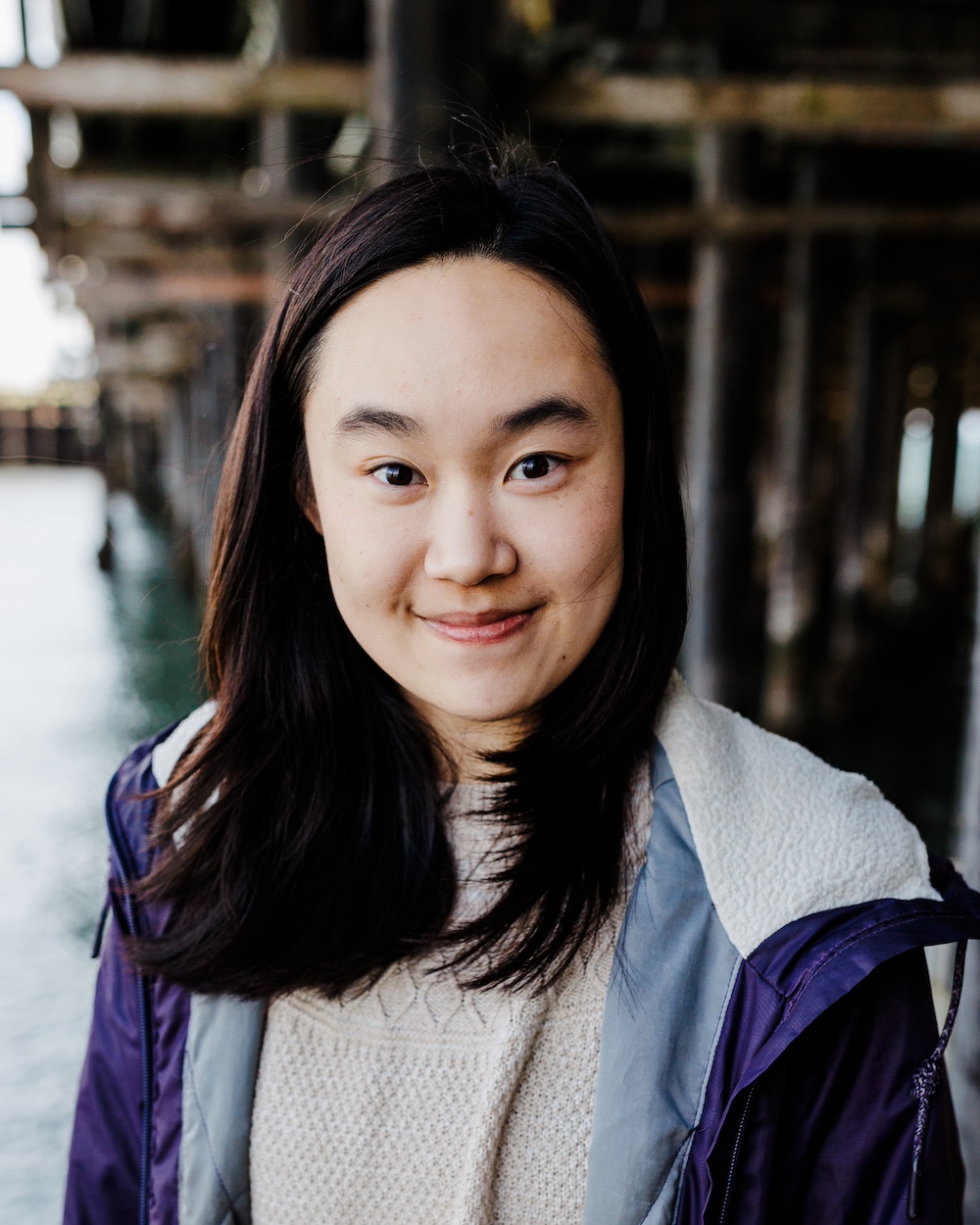
Esther Mak postdoc
University of Montana, USA
Esther Mak is a postdoctoral researcher at the Flathead Lake Biological Station, University of Montana. She earned her Ph.D. in Ocean Sciences from the University of California, Santa Cruz, where she focused on the microbial ecology of nitrogen-fixing microorganisms. At SUBSEA, she applies molecular biology tools to investigate how nitrogen fixers and other microbial groups contribute to subsurface nutrient cycling and particle transformations.

Deepika Sahoo postdoc
University of Montana, USA
Deepika is a biogeochemist and microbial ecologist studying compositional and physiological changes in marine microbes with varying environmental forcings. She has joined the Flathead Lake Biological Station (FLBS) as a postdoctoral associate under the supervision of Prof. Robert O. Hall and Prof. Matthew Church. With SUBSEA, she is investigating how environmental forcings such as nutrient limitations and warming influence the physiological responses of microbes and, subsequently, the ocean’s carbon uptake efficiency. Prior to FLBS, Deepika investigated the physiological transformations in microbial stoichiometric traits using an energy dispersive technique at Colorado State University, Fort Collins. She obtained her Ph.D. from the Indian Institute of Technology Gandhinagar, one of the premier institutes in India, where she studied the C:N:P stoichiometry in the organic and inorganic pools of the northern Indian Ocean. Deepika earned her bachelor’s degree from the North Orissa University and master’s degree from the Indian Institute of Technology, Kharagpur in Geology in India.
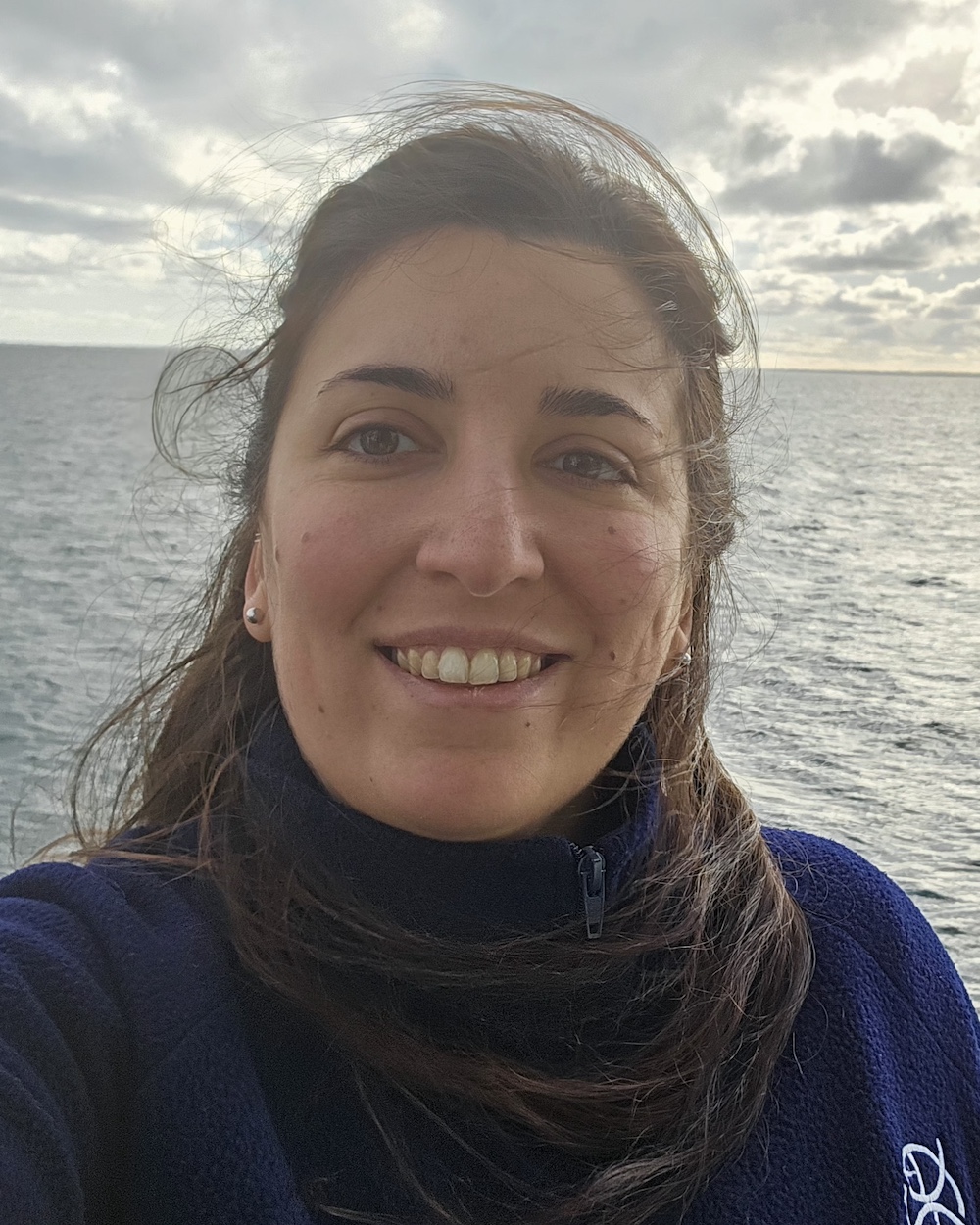
María Luz Torres Alberto postdoc
Instituto Nacional de Investigación y Desarrollo Pesquero, Argentina
María Luz Torres Alberto holds a Ph.D. in Biological Sciences with a specialization in Biological Oceanography, and is currently a postdoctoral researcher at the National Institute for Fisheries Research and Development (INIDEP, Argentina). Her focus is on ocean productivity and carbon cycling, with particular interest in net community production (NCP) derived from O₂/Ar and its coupling with pCO₂ observations in subtropical oceanic gyres. Her research integrates field measurements, satellite data, and computational tools to understand how environmental variability and biogeochemical processes regulate carbon fluxes and shape marine ecosystems in the Southwestern Atlantic.
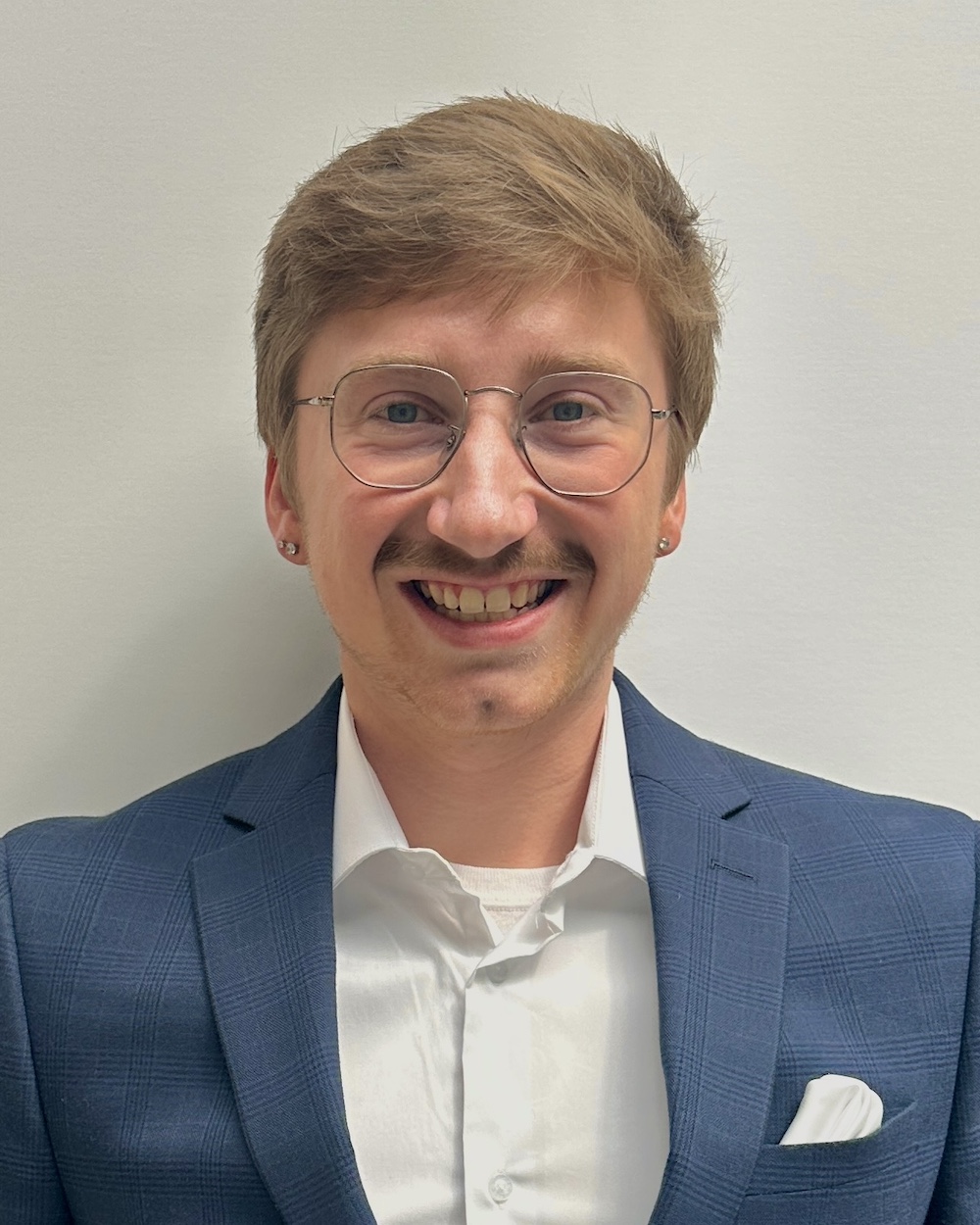
Jason Freisen PhD student
University of Miami, USA
Jason recently received his Bachelor of Science in Biology (May 2025) and has a research background in tropical terrestrial chemical ecology. He is currently a graduate student at the University of Miami. As part of the SUBSEA project, he is working with Dr. Hilary Close where to analyze the isotopic composition of organic particles and microbial communities as an indicator of carbon and nitrogen transfer across the euphotic and mesopelagic zones.
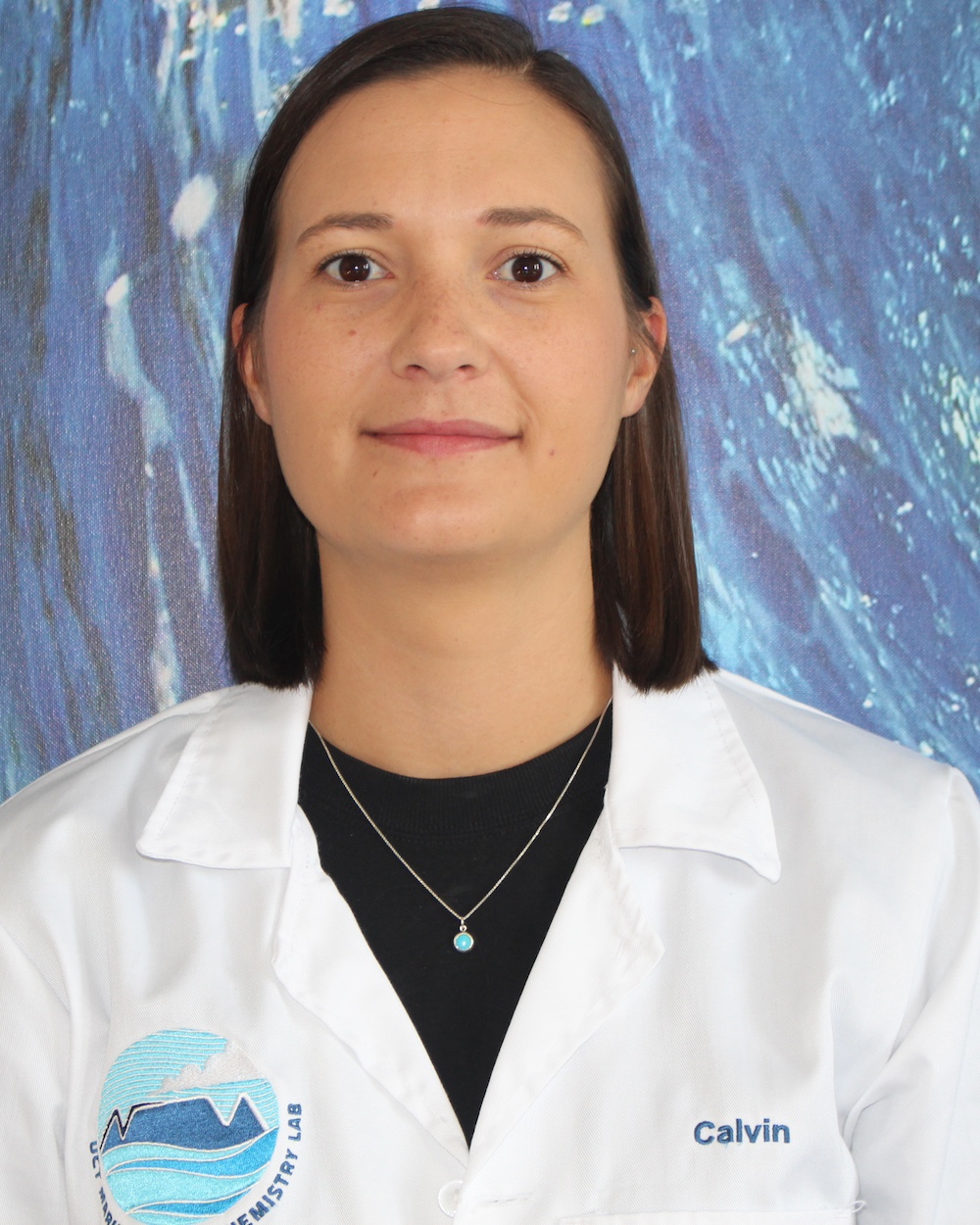
Calvin Swart PhD candidate
University of Cape Town, South Africa
Calvin Swart is pursuing a Ph.D. at the University of Cape Town, South Africa. With SUBSEA, she is investigating nitrogen cycling and supply in subtropical systems. Using nitrate isotopes (δ¹⁵N, δ¹⁸O), the δ¹⁵N of phytoplankton biomass, and the δ¹⁵N of total dissolved nitrogen, her work identifies the sources, transformations, and export pathways of nitrogen in oligotrophic systems where primary productivity is often nitrogen-limited.
staff

Raquel Flynn research scientist
University of Cape Town, South Africa
Raquel’s role in SUBSEA is to investigate the nitrogen preference of different phytoplankton groups under differing nutrient regimes. She aims to do this by combining nitrogen uptake rates and phytoplankton group specific measurements of nitrogen isotopes with ‘omics. This will help us to understand how different phytoplankton groups are able to proliferate and contribute to primary production and export under oligotrophic conditions. She received her Ph.D. from University of Cape Town (UCT) and completed a postdoctoral fellowship at the University of North Carolina, Chapel Hill before returning to UCT to join the SUBSEA project.
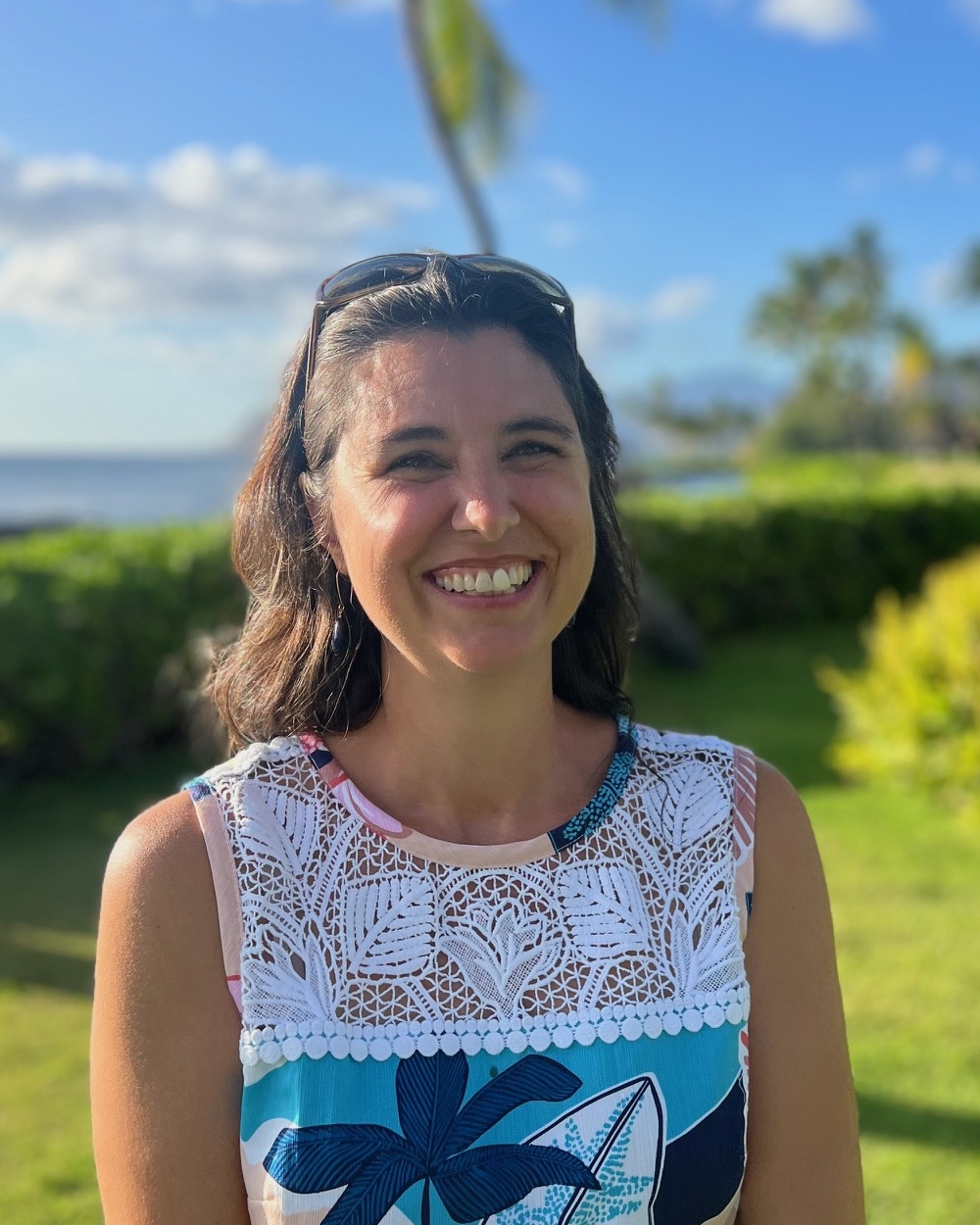
Rhea Foreman research scientist
University of Hawai’i at Mānoa, USA
Rhea Foreman is part of the SUBSEA research staff at the University of Hawai’i - Mānoa. Over the course of her career, she has pursued scientific questions related to the distribution and partitioning of elements in the Earth and Oceans, and her research and analytical experience has encompassed the majority of naturally-occurring elements in the periodic table. After completing a PhD in mantle geochemistry at the MIT/WHOI Joint Program in Oceanography, she went on to a postdoctoral fellowship at Caltech followed by a Young Investigator position at the University of Hawai’i - Mānoa. After a stint in a biotech start-up that was researching algae-derived biofuel, she gravitated to marine chemistry and has spent the last 10+ years studying nutrient cycling in the marine environment at UH-Mānoa. Her role in SUBSEA is primarily land-based analytical support with a focus on inorganic and organic nutrients.
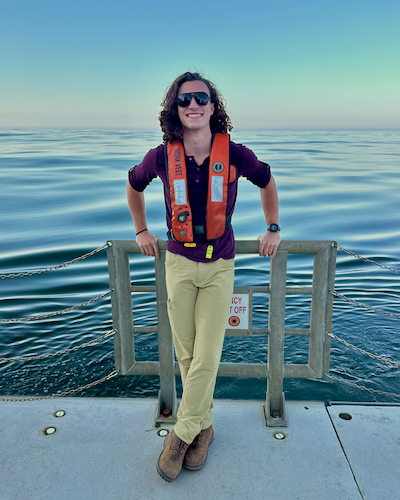
Hunter Adams technician
University of Hawai’i at Mānoa, USA
Hunter Adams is an Ocean Technician with a B.S. in Oceanography from Texas A&M University and broad hands-on experience working aboard research vessels. At the University of Hawaiʻi Mānoa, he supports the Schmidt Sciences SUBSEA project as a staff technician. His role involves deploying autonomous underwater platforms, coordinating equipment and cruise logistics, and conducting laboratory analyses to ensure quality oceanographic data collection. Through these efforts, he contributes to advancing SUBSEA’s biogeochemical research and fostering collaboration across fieldwork teams.

Katie Coates technician
University of Montana, USA
Katie Coates is an early-career biological scientist and recent graduate of the University of Montana, where she earned her bachelor’s degree in May 2025. She currently works as a lab and field technician in the Church Lab at the Flathead Lake Biological Station at the University of Montana, supporting the SUBSEA project. With SUBSEA, she will be joining her first research cruise, and assisting with sample collection and analysis with the Church Lab.

Jared McGourty technician
University of Montana, USA
Jared McGourty hails from Hamilton, Montana and graduated from the University of Montana in 2023 with a degree in microbiology. After graduating he worked at NIAID, a division of NIH, studying how Salmonella affects the gut microbiome in mice. He then joined the Flathead Lake Biological Station at the University of Montana in 2025 and began working with the SUBSEA project. As a lab technician, he supports a variety of scientific experiments and assists with the deployment of research probes. Jared ultimately enjoys studying microbes and how they affect and interact with their environment. He also enjoys hiking and fishing during the summer months.

Tully Rohrer technician
University of Hawai’i at Mānoa, USA
Tully is a environmental science graduate of Colby College in Maine. His background as a seagoing oceanographic technician spans nearly 700 days at sea over eight years of mooring and instrument operations at Oregon State University and another seven at University of Hawaiʻi at Mānoa as a member of Angel White’s lab and the Hawaiʻi Ocean Time-Series (HOT). With SUBSEA, he will be specializing in deck array operations, nitrogen fixation measurements, and bio-optics on the underway seawater system.